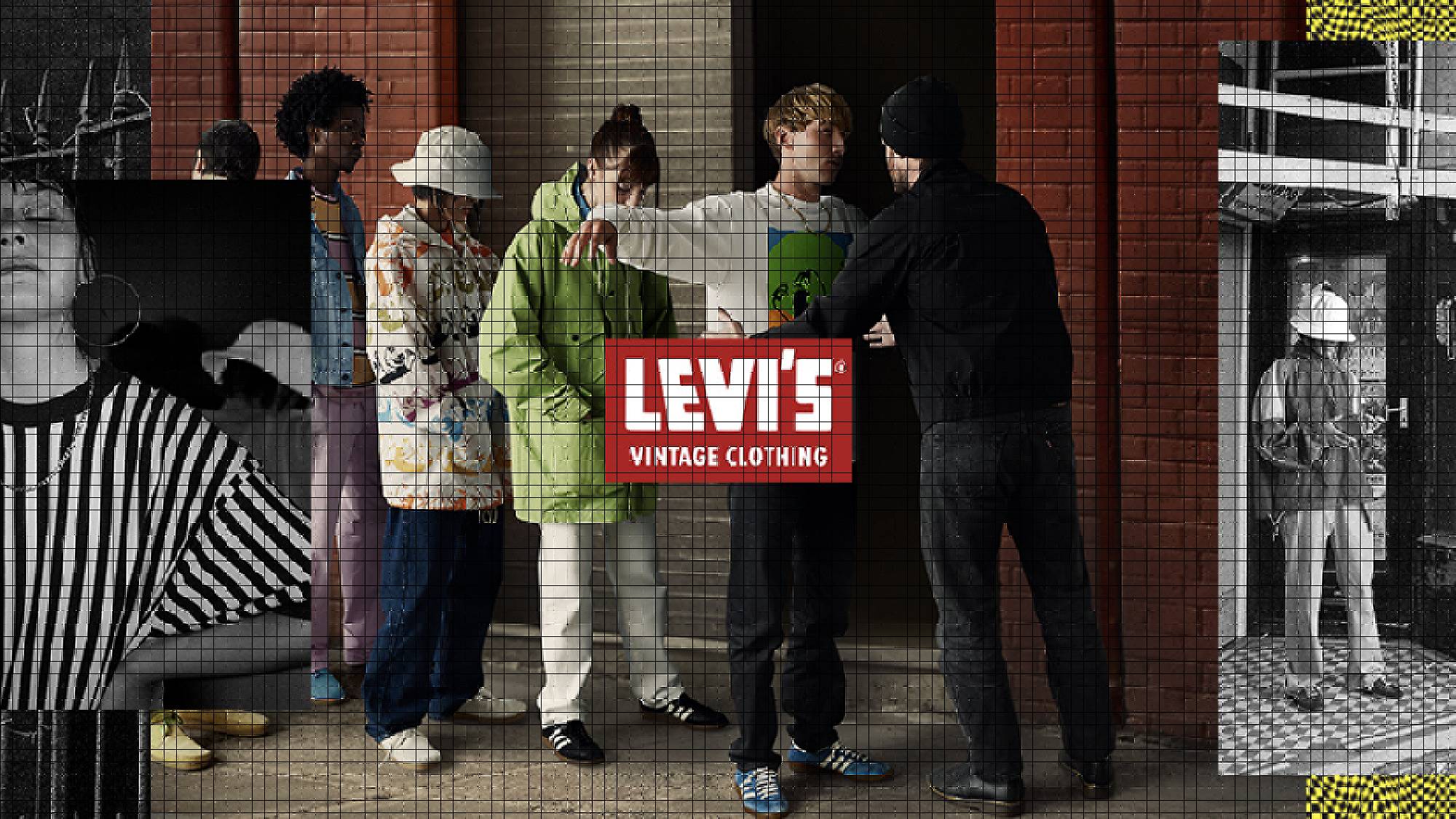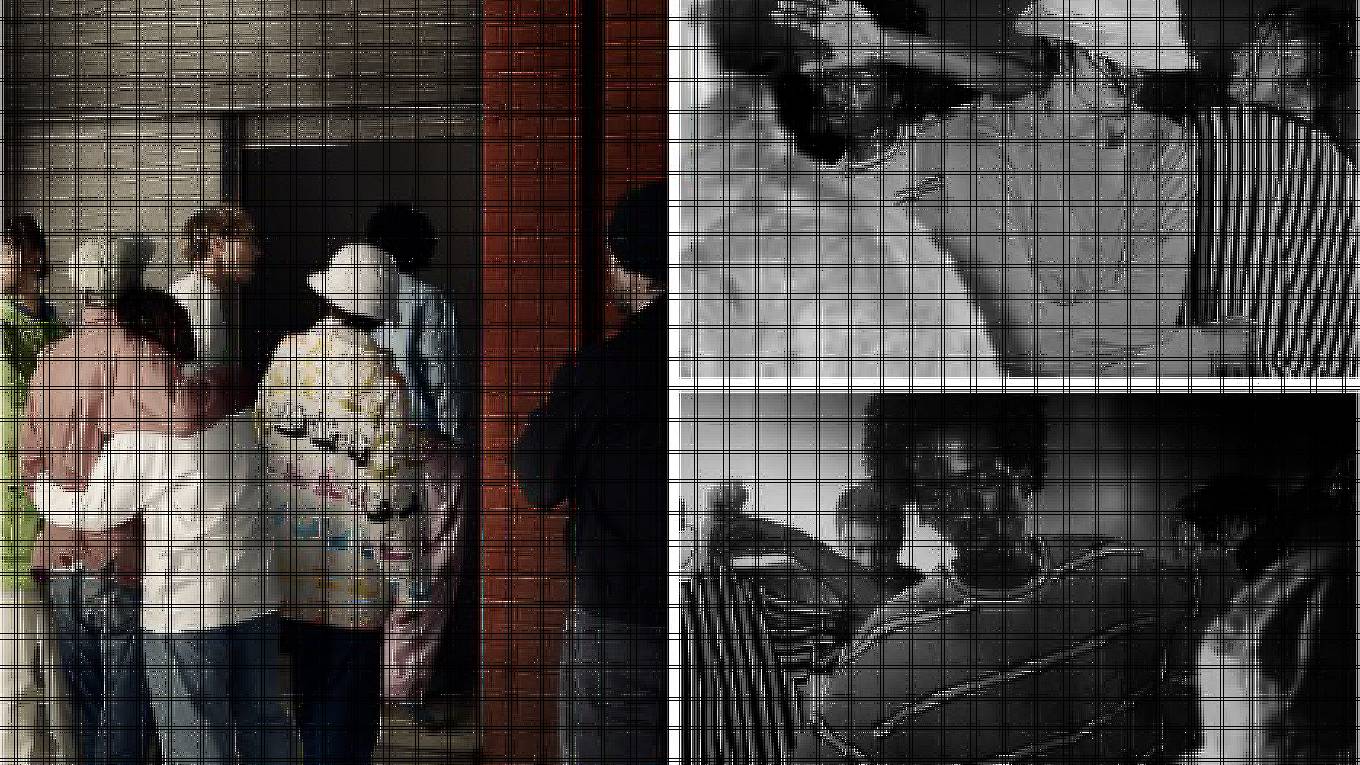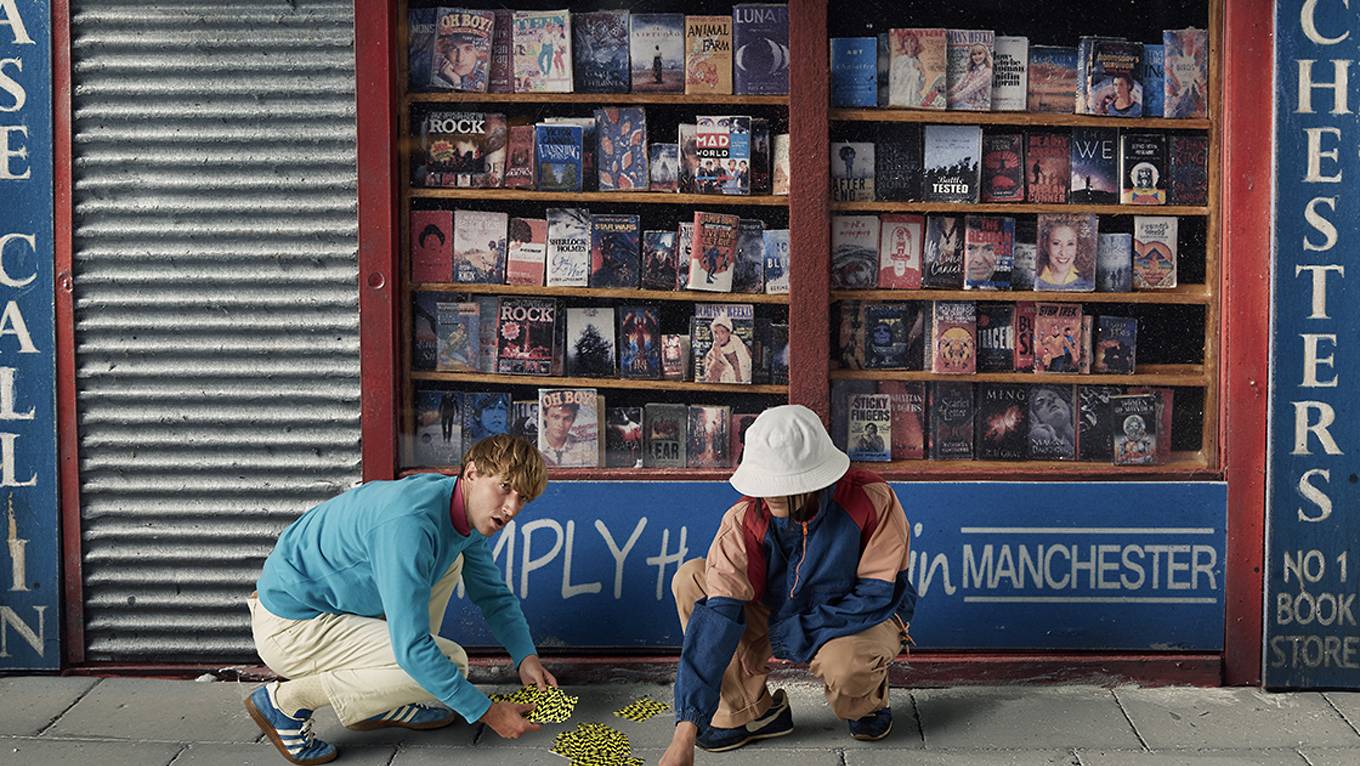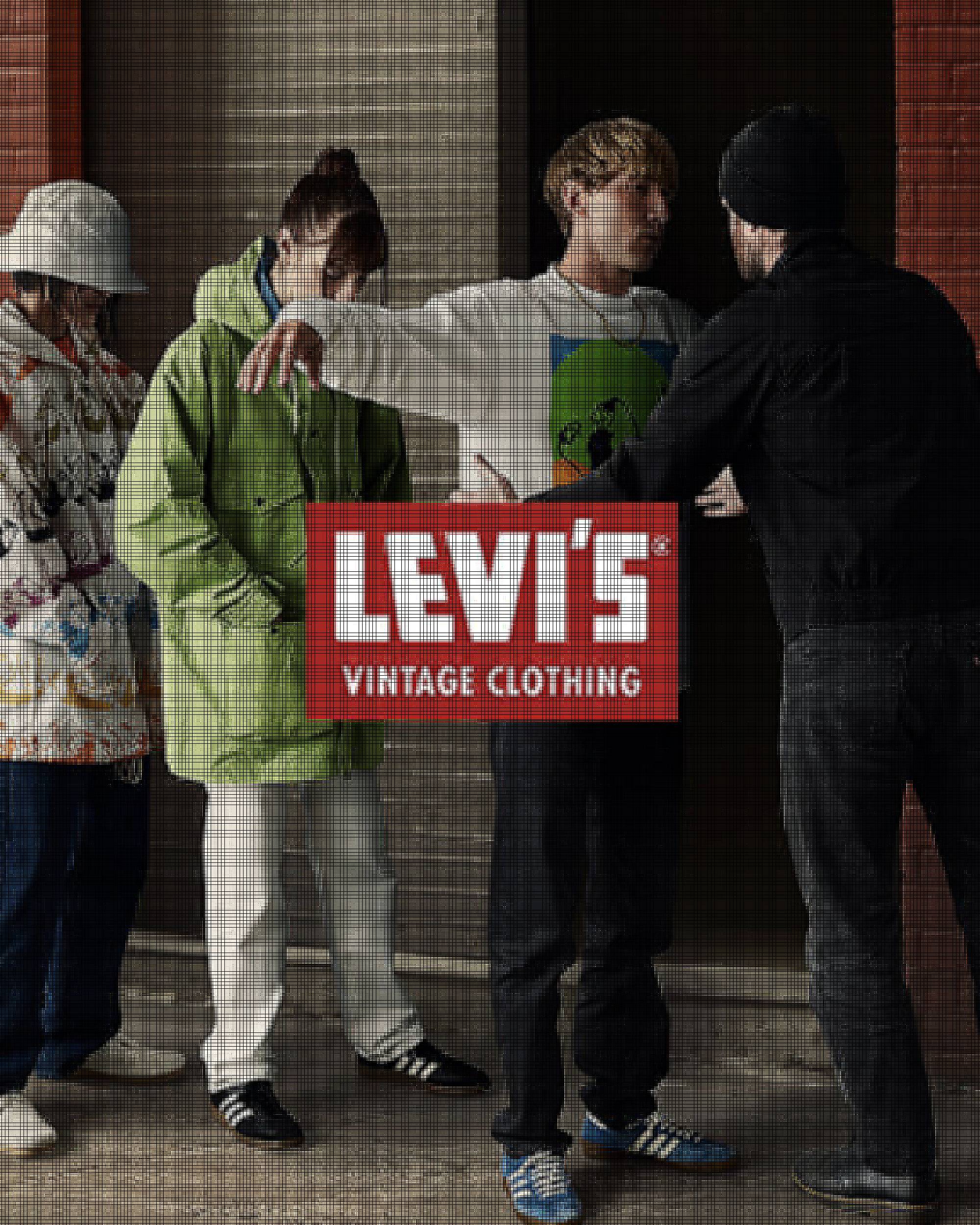
In Manchester, England, in the late 1980s, alternative rock collided with dance culture. Young indie bands, inspired by DJs spinning acid house for a growing club scene, asked these same DJs to collaborate on their records. The result was a heady medley of dance rhythms and melodic retro-pop. This fresh sound—defined by its loping beats, jangling guitars, psychedelic swirls and pop choruses—created a whole new scene.
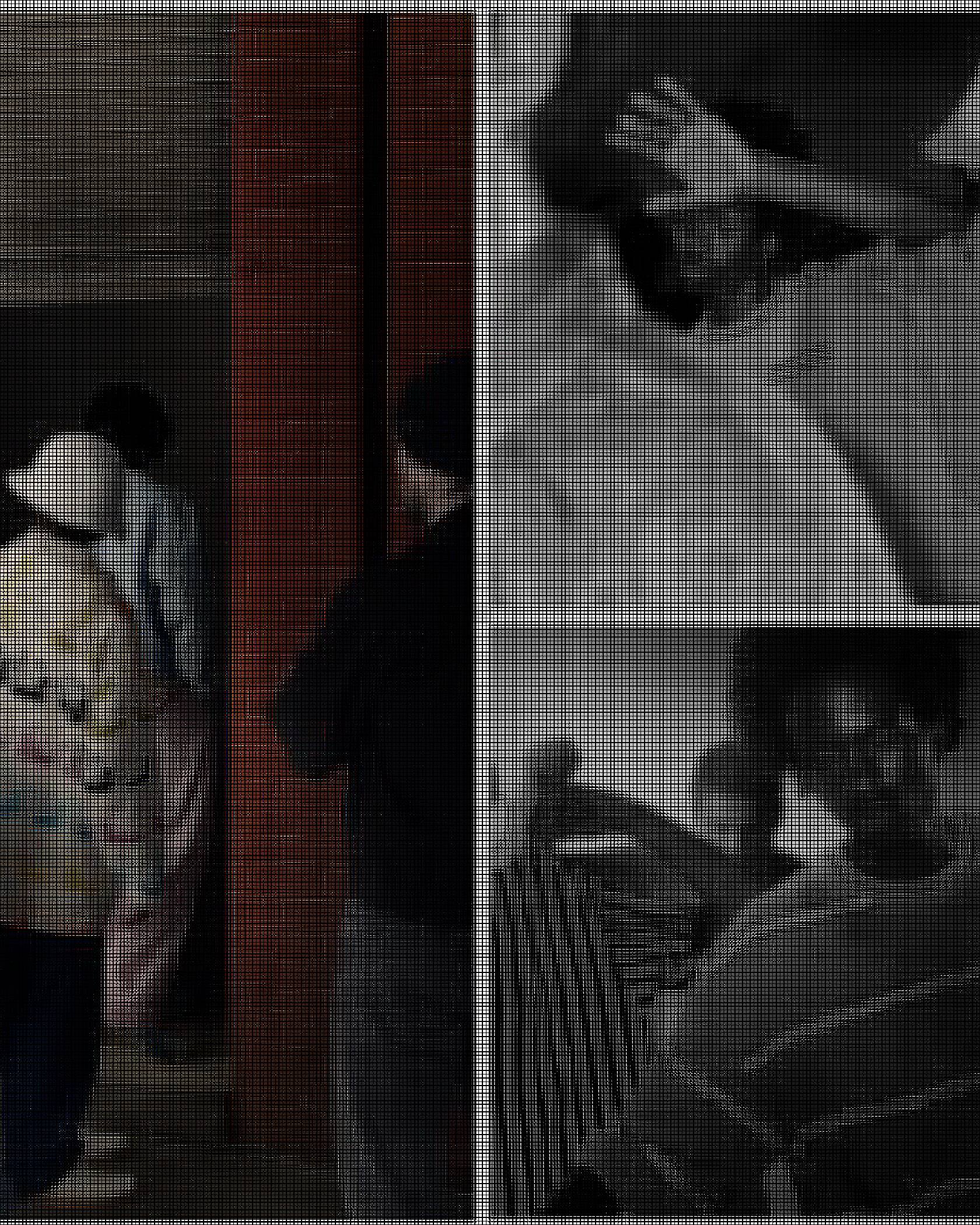
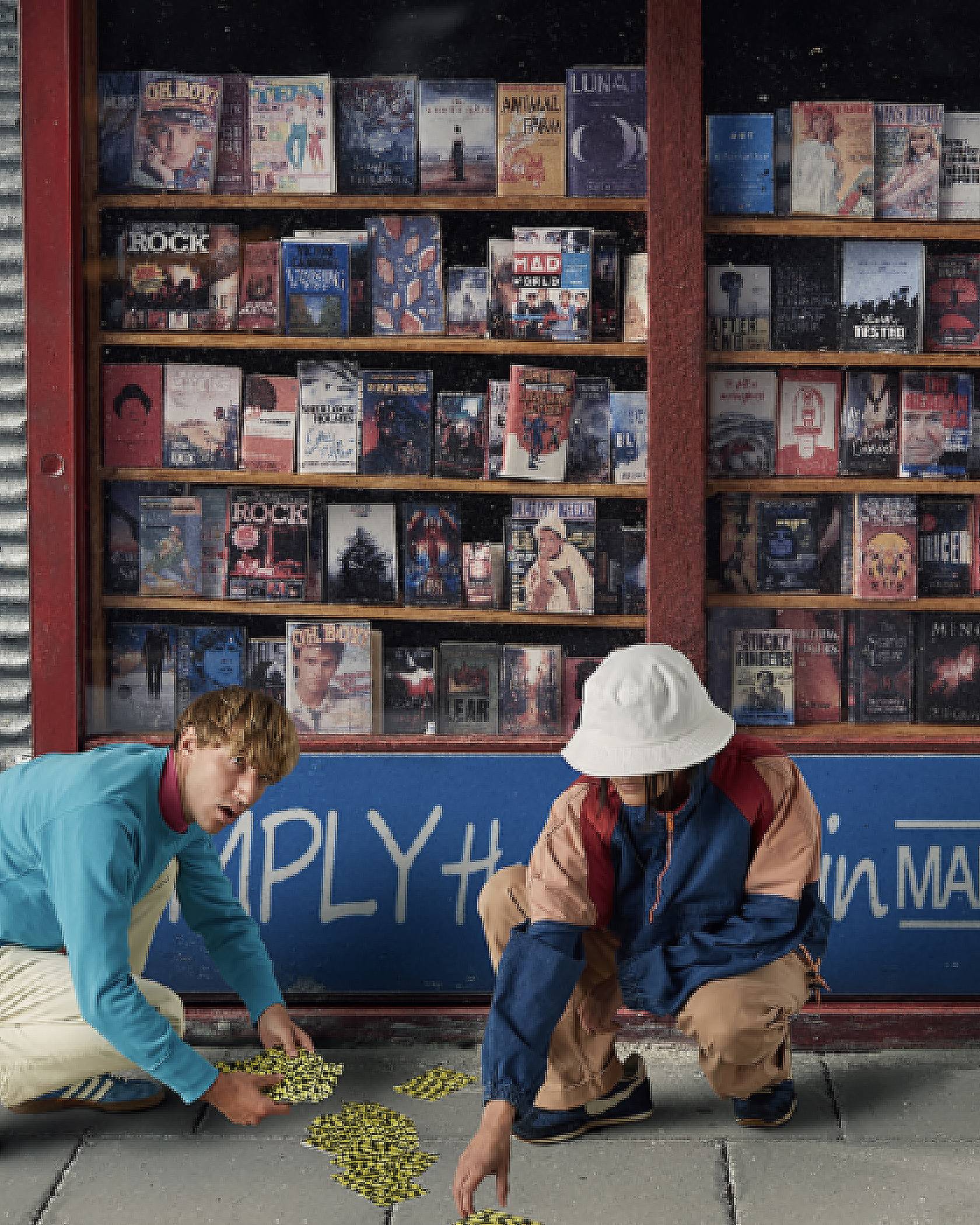
Manchester in Minature
While each iteration of Levi’s® Vintage Clothing is a labor of love, it’s fair to say that this season was particularly special. With on-location photo shoots off-limits (because, you know, the pandemic), we had to get creative.

For this campaign, Facchin meticulously recreated 1980s Manchester, including buildings that are no longer standing, in scales ranging from 1:28 to 1:18:
“Manchester of the late ’80s was quite a concentrated city, so the cluster of buildings I recreated are all within half a mile of each other, primarily around an area called the Northern Quarter and back Piccadilly. At the time, it was this part of the city that you would go to for cheap trainers and affordable clothes, as it was full of independently-owned ‘rag trade’-centric shops.”
The ability to use everyday items fascinates me. For example, you can use the netting that garlic bulbs come in to create grids on the pavement!”
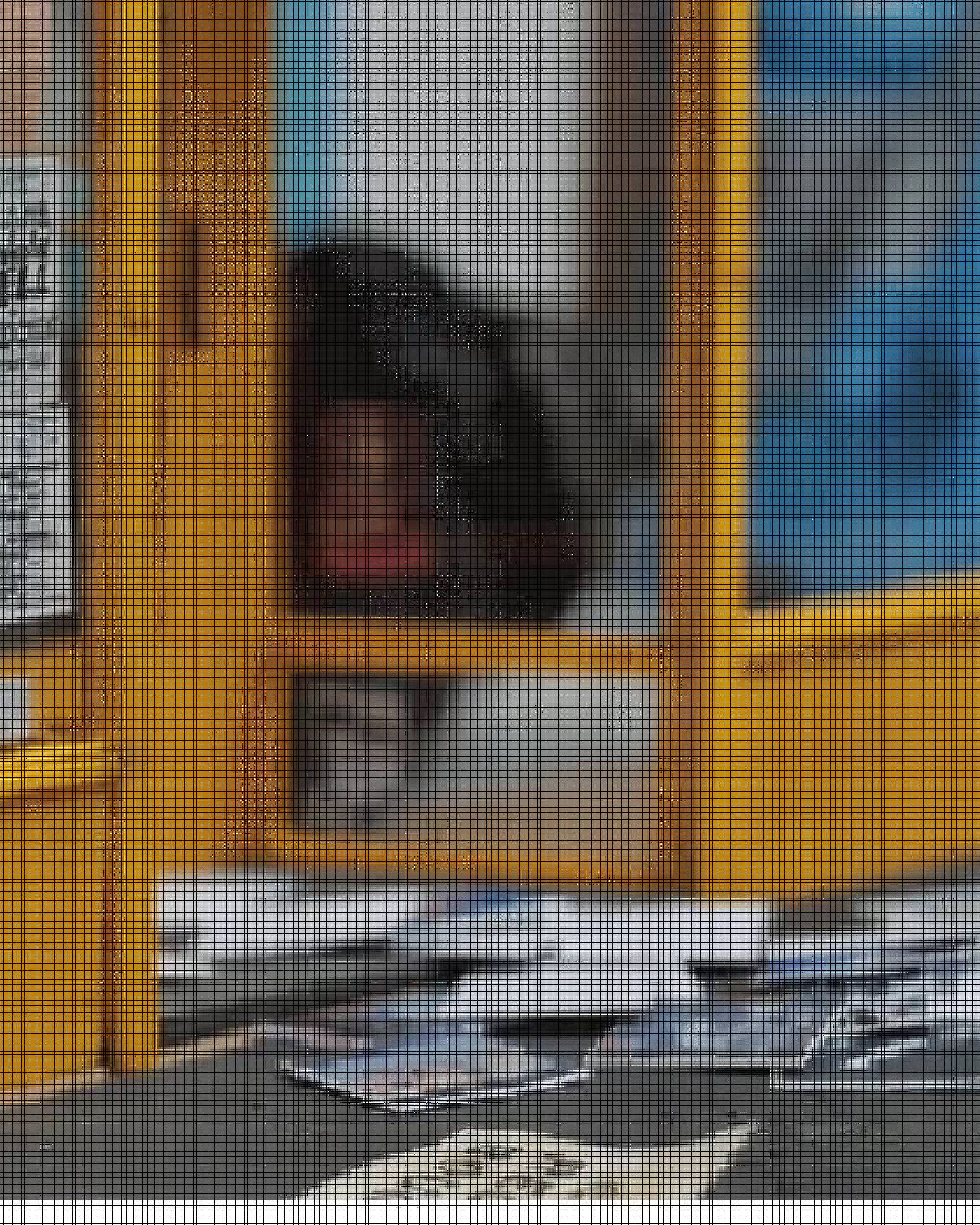
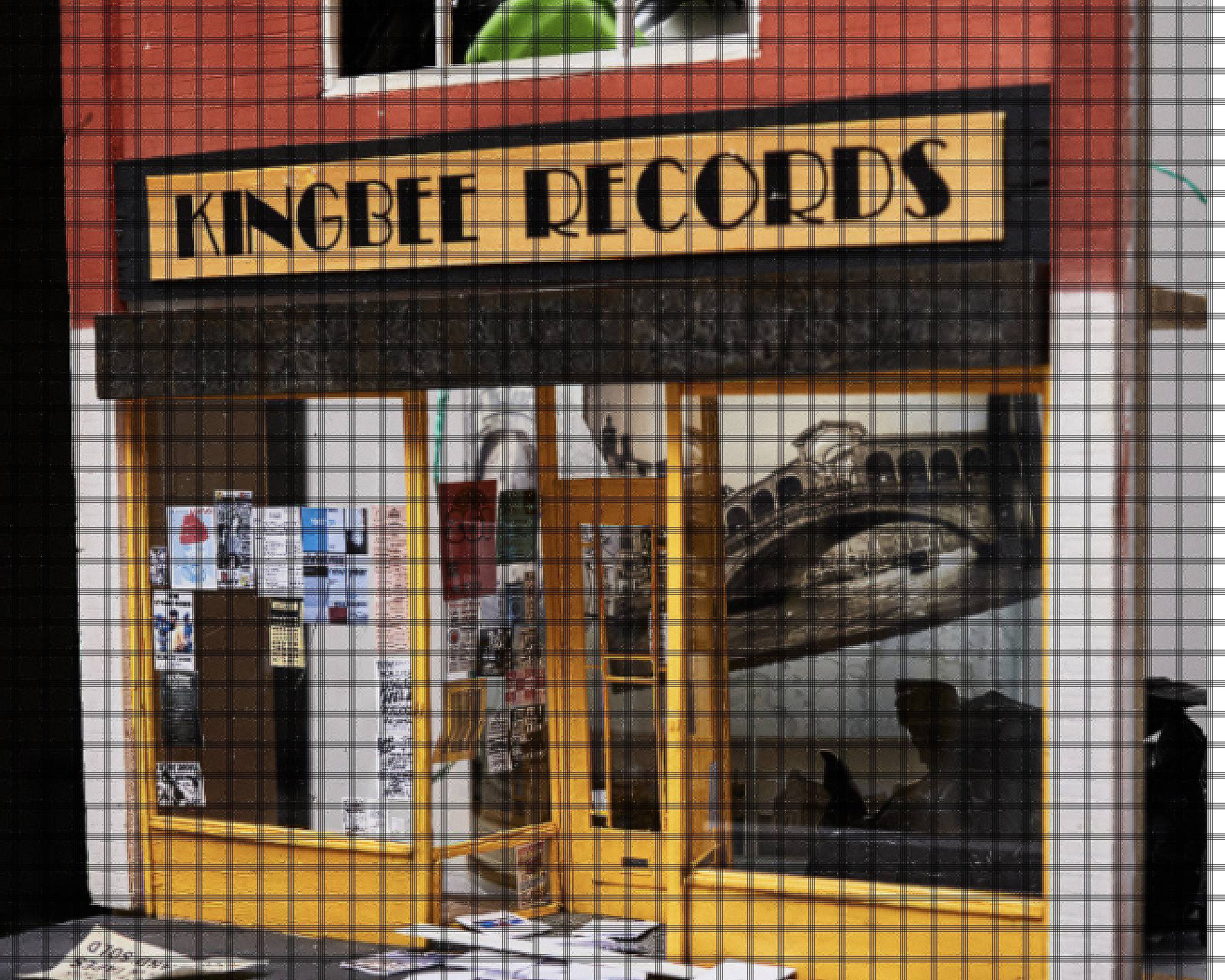
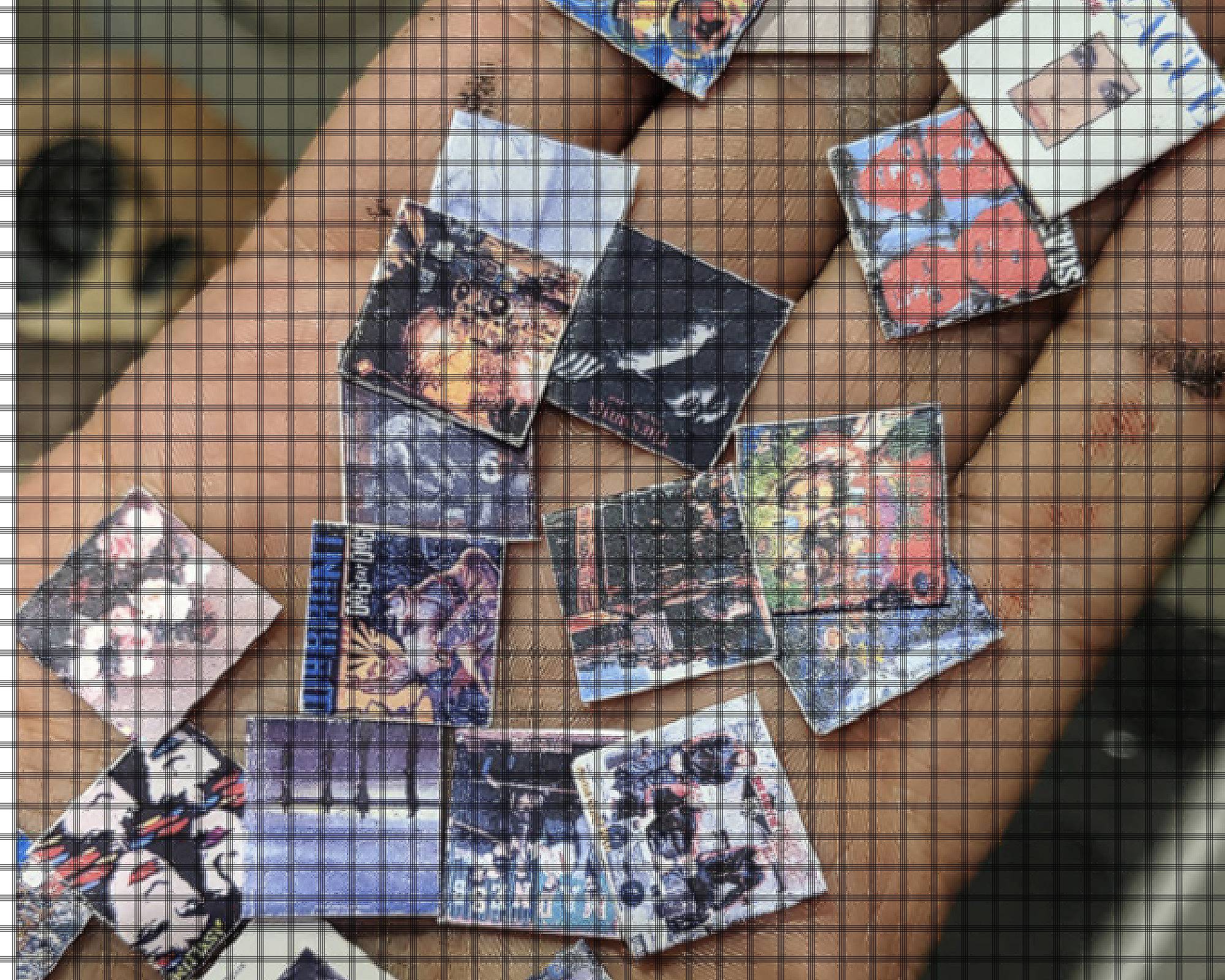
To faithfully rebuild the city, Facchin started out with a blueprint. From there, all he needed to meticulously create each detail—from drain pipes to period-correct street art—was a fresh blade in his craft knife, a little resourcefulness and lots of attention to detail.
From start to end, taking into account glue-setting times, Facchin’s process took about three and a half months. The super-realistic replica transports us back to the 1980s Manchester, the scene that started it all...
